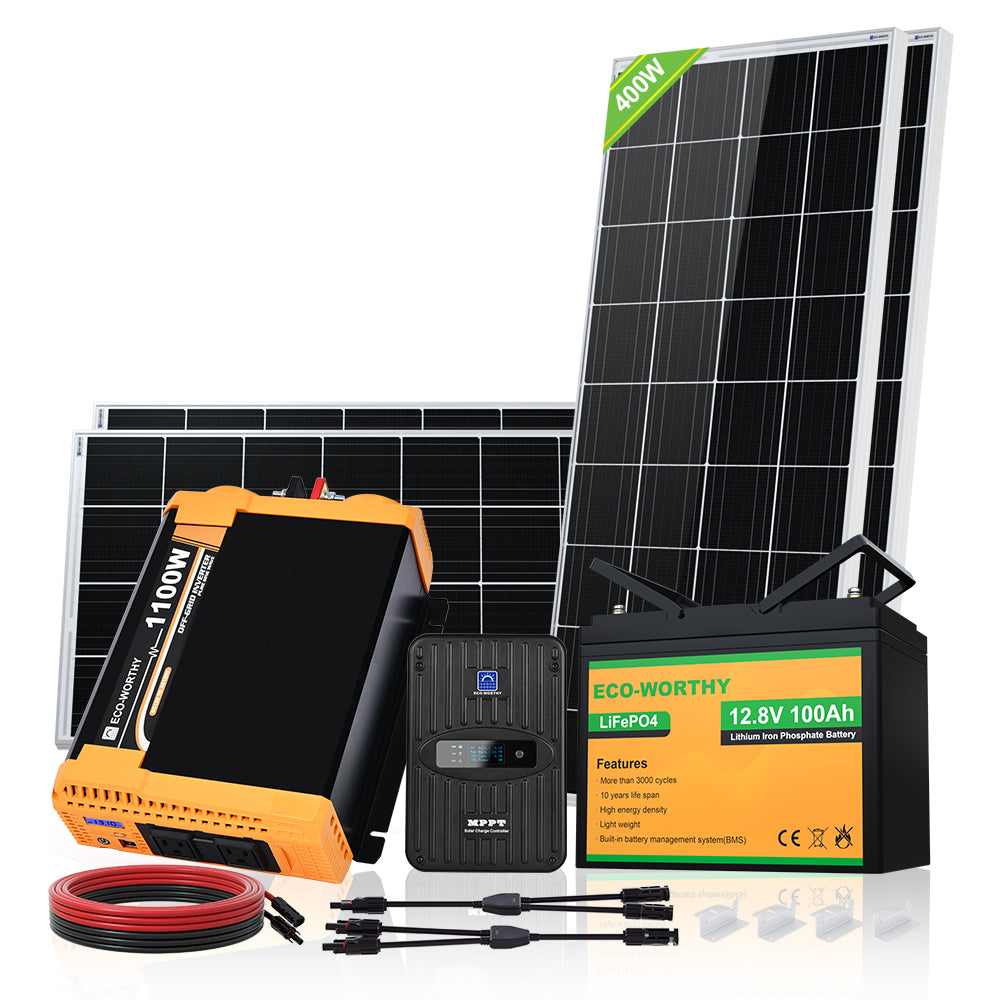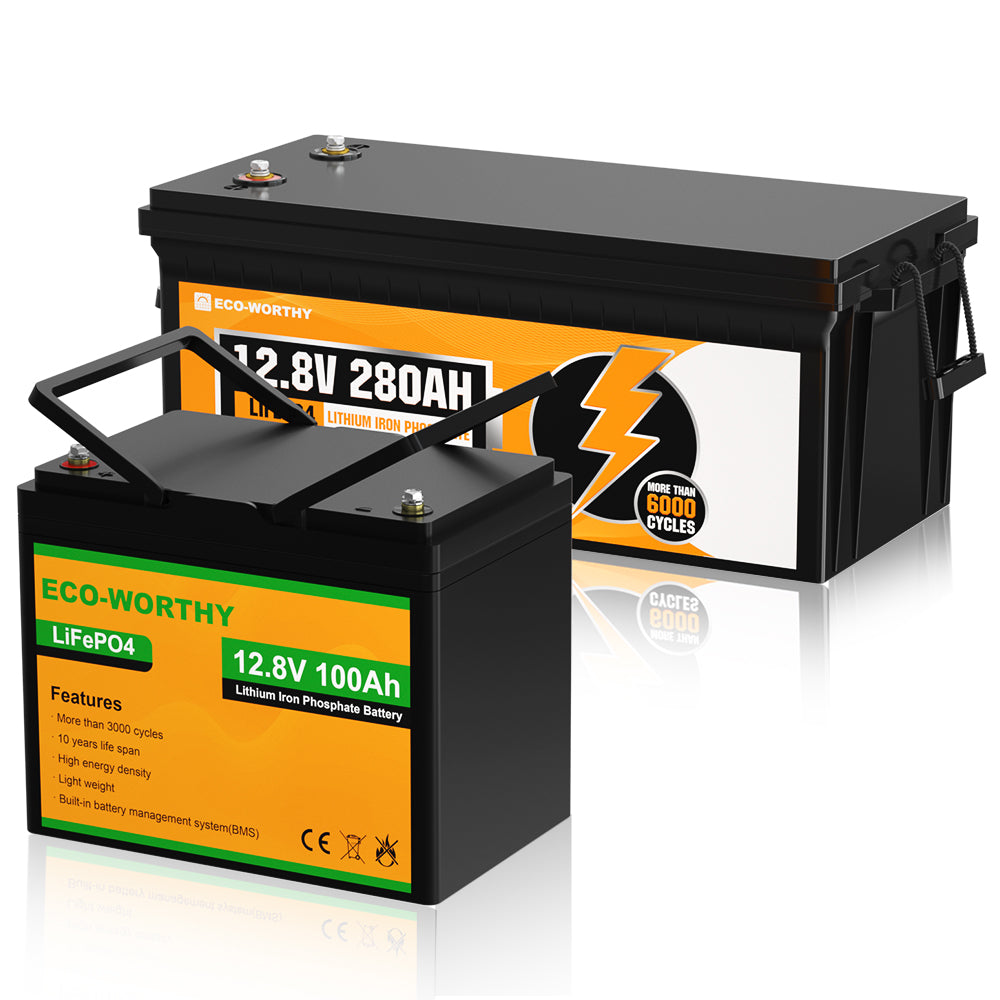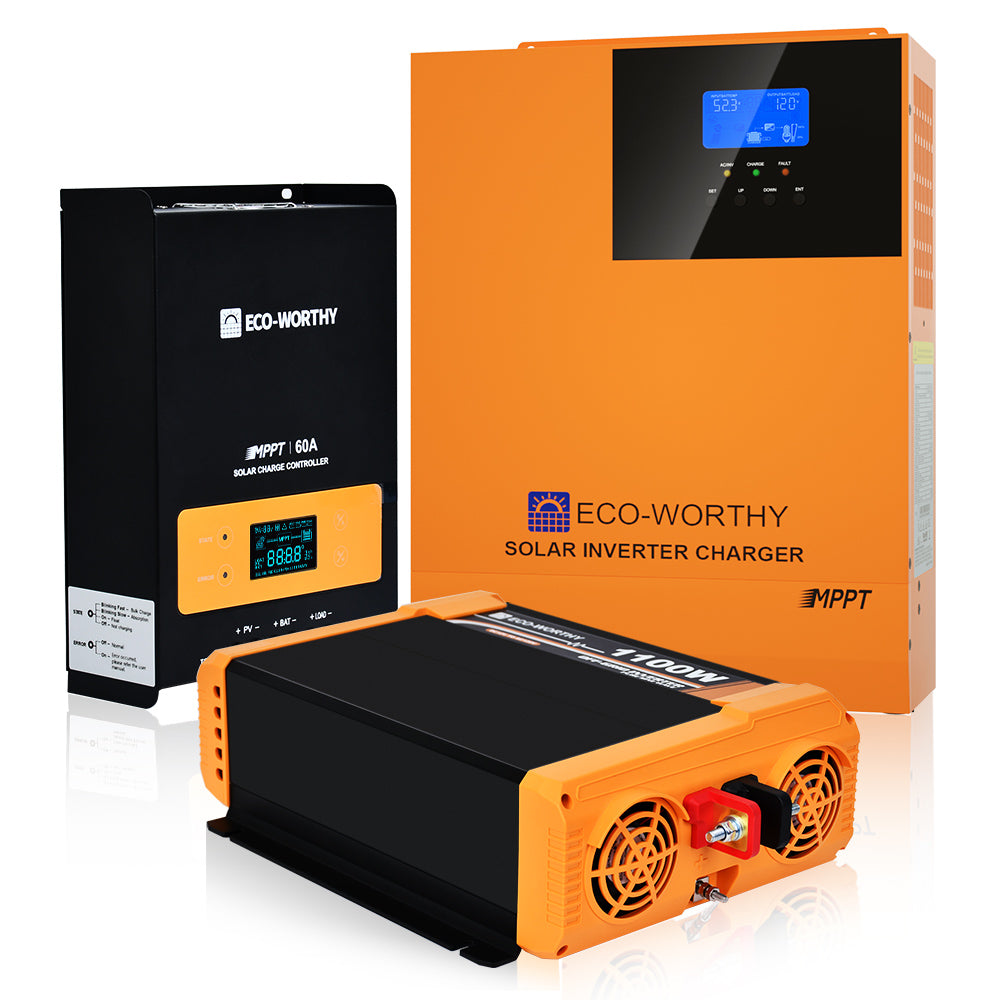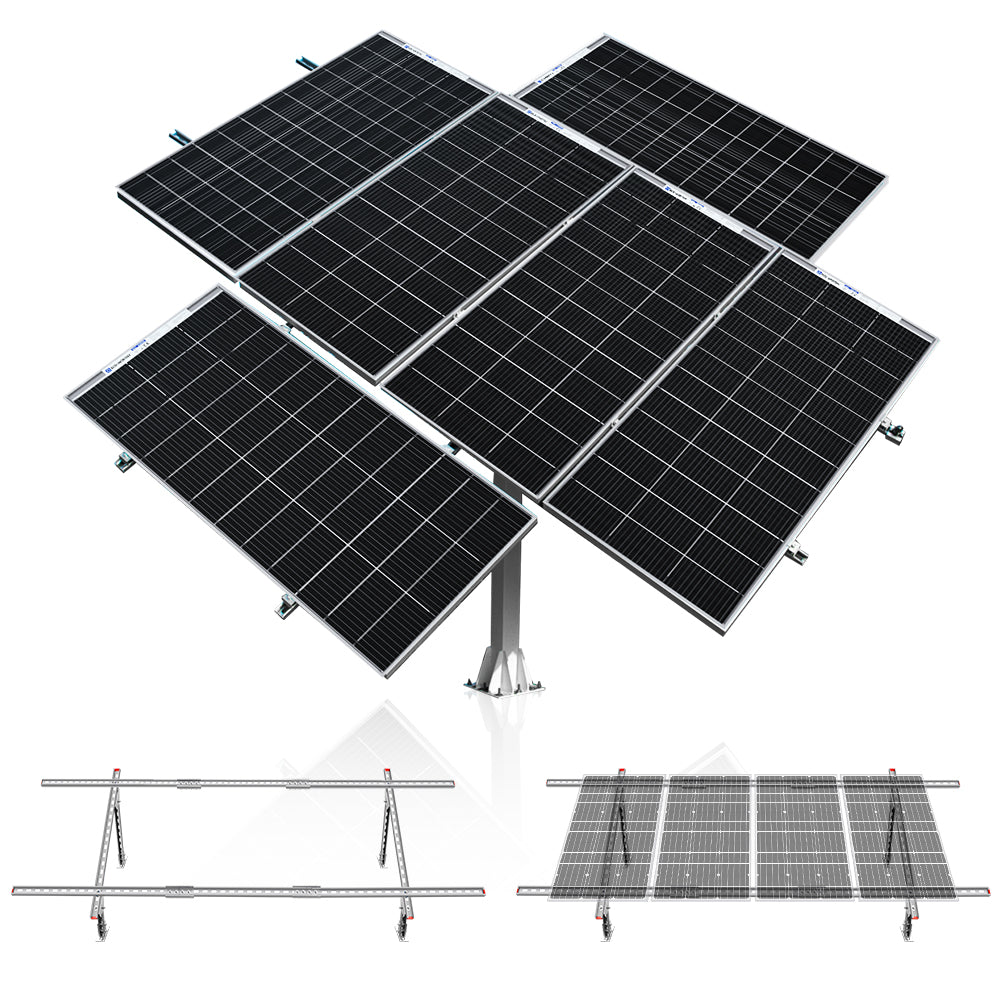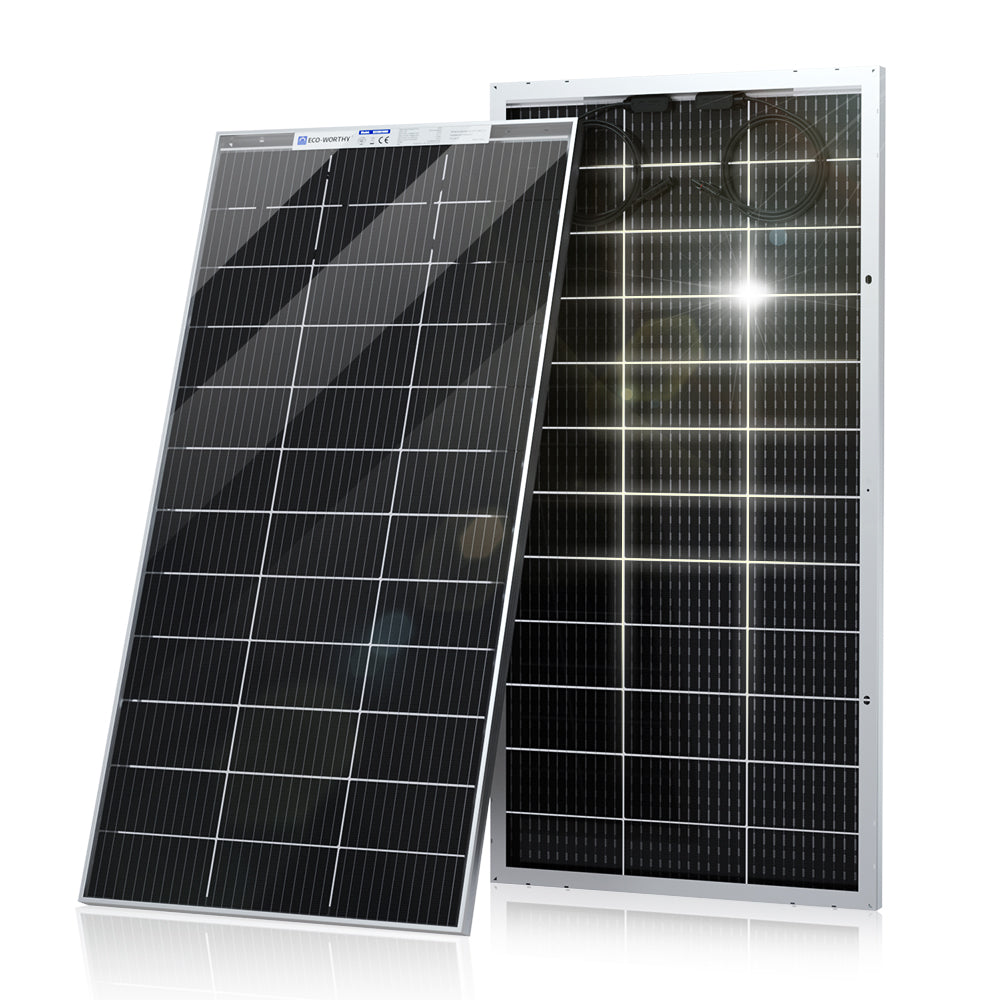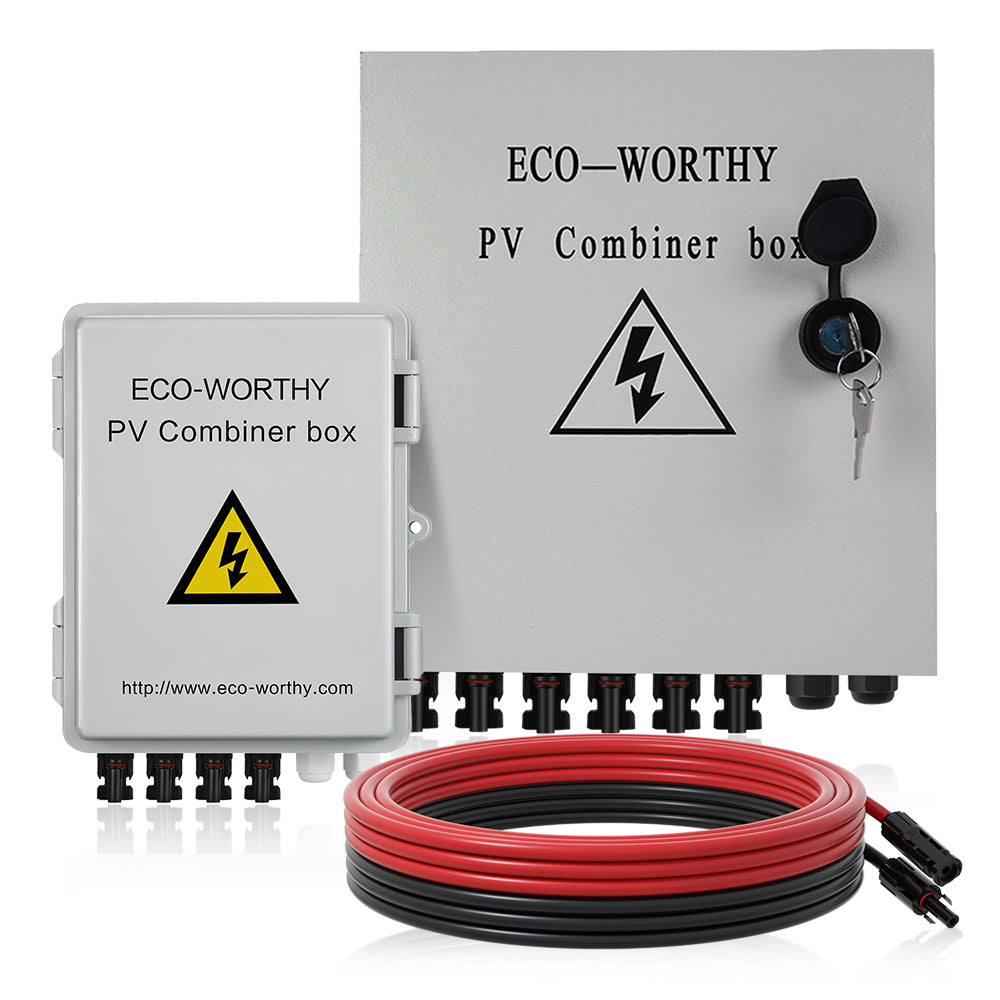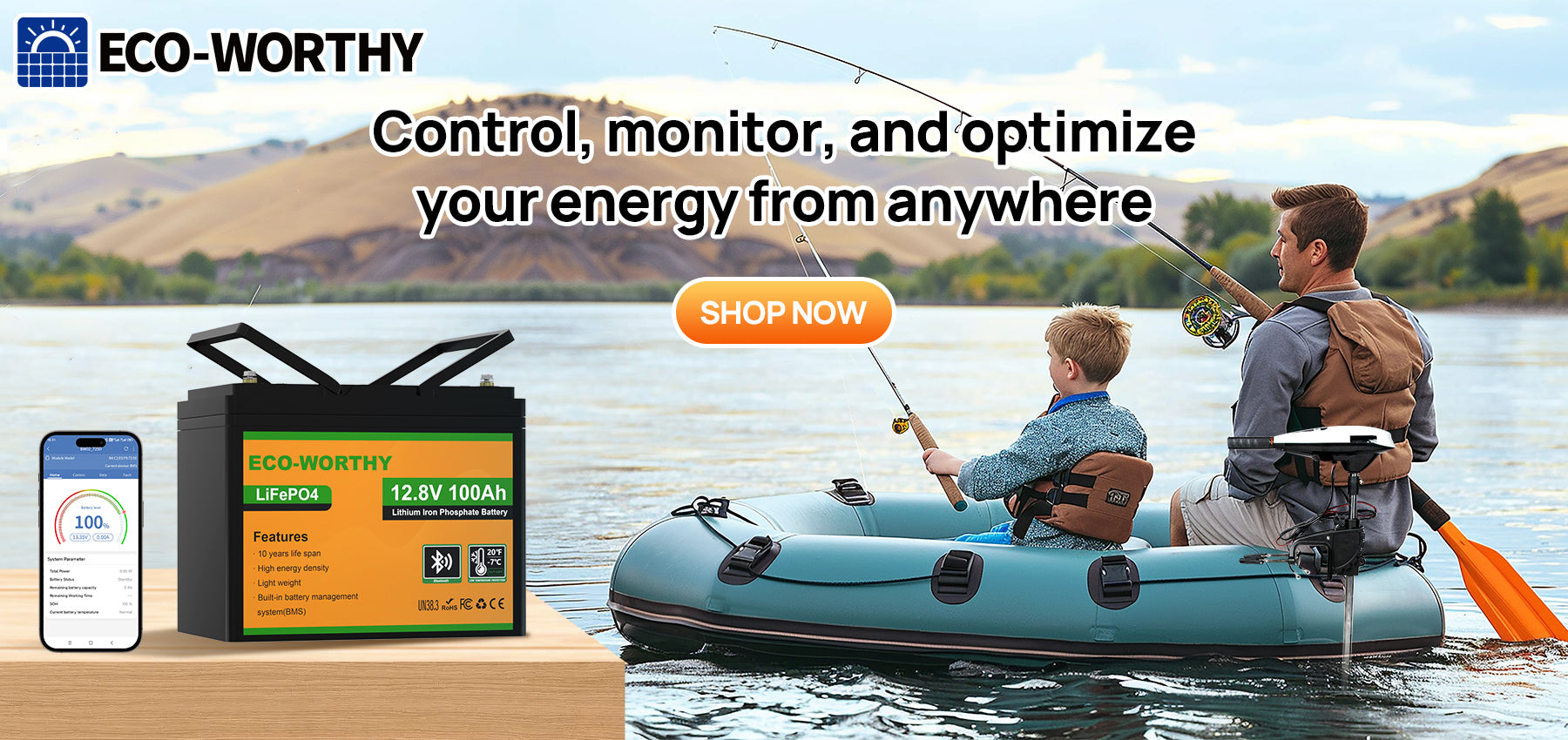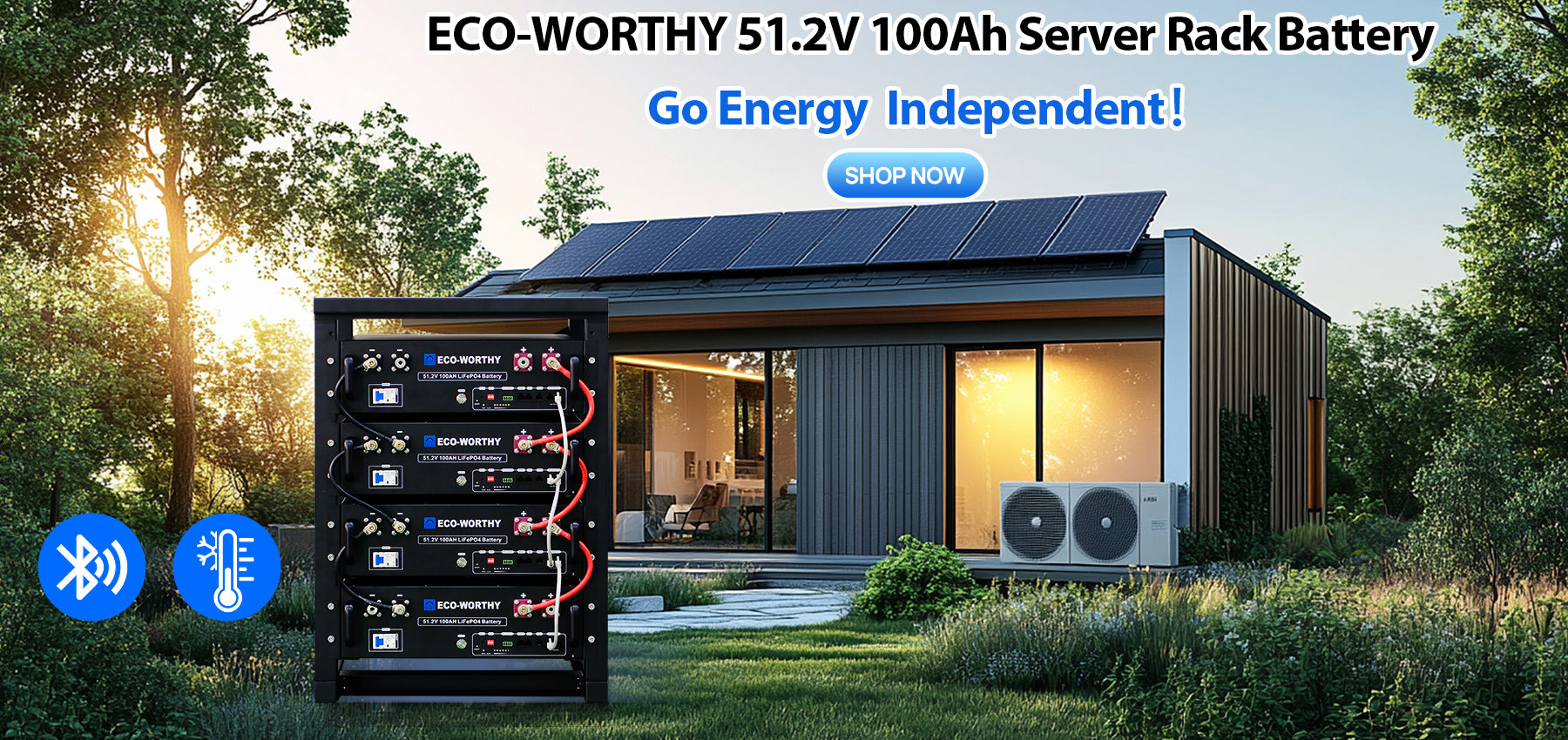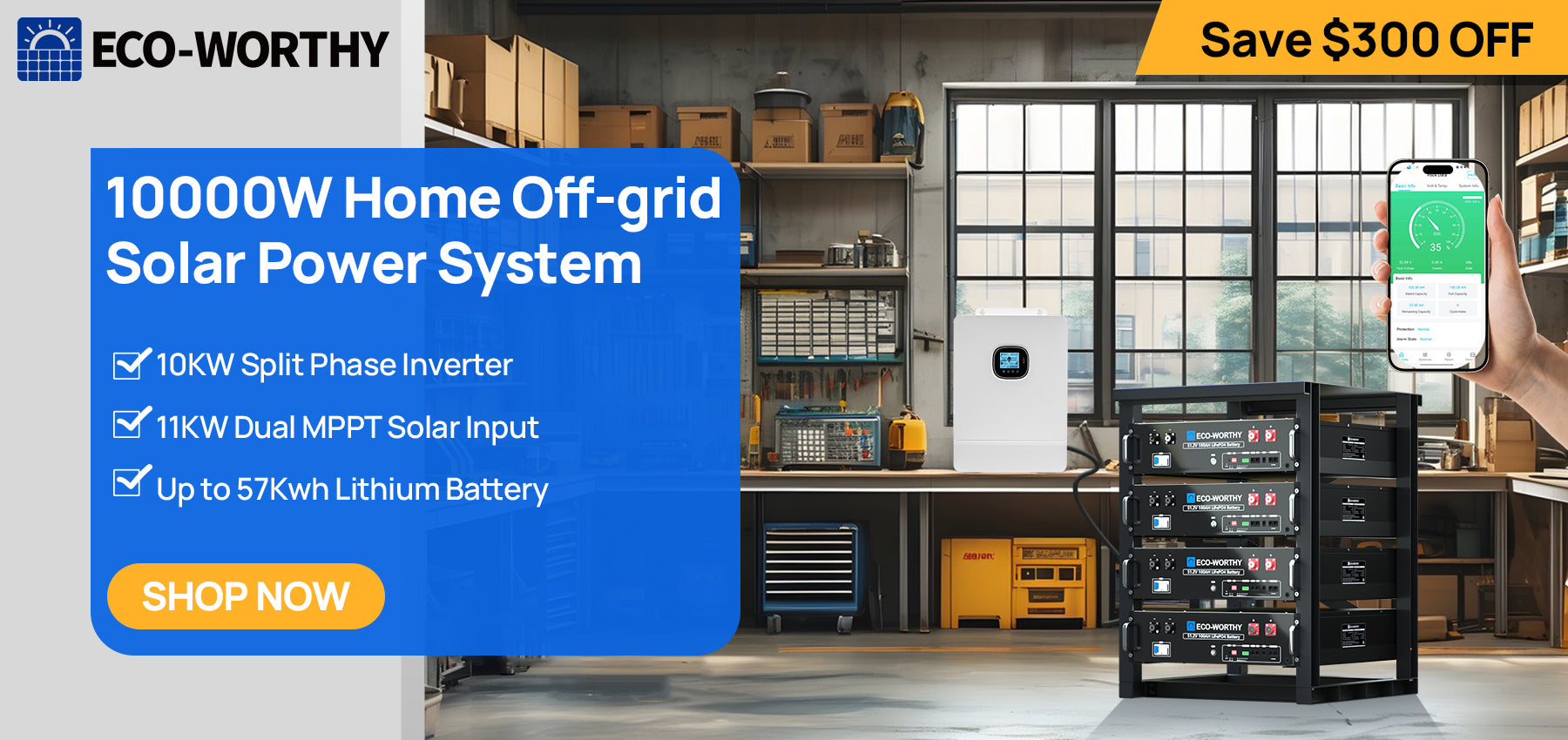What's the Difference Between PWM and MPPT Charge Controller
It’s often asked by people getting into solar power system–what kind of charge controller should i choose? PWM or MPPT? In this article we’re gonna break this question down and hope you’ll gain a better understanding on choosing the right solar charge controller.
What does solar charger do?
A solar charge controller, also known as solar charge regulator, is an electronic device that controls the charge current from the solar modules to the batteries. It ensures that the batteries are not overcharged and prevents the power from running backwards from the batteries to the solar modules. It can also stabilize the charge voltage from the solar panel. Some charge controller also equipped with load control and battery overheat protection functions but charge management is the primary job.
Usually, charge controllers have 3 charging stages: Bulk, Absorption and Float.
Bulk
The Bulk stage is where the battery receives the majority of its energy, making up about 80% of the recharge cycle. During this stage the Battery is given as much current as possible.
Absorption
Once the battery has reached 80% of its capacity, the charger will enter the absorption stage. At this point most chargers will maintain a steady voltage, while the amperage declines. The lower current going into the battery safely brings up the charge on the battery without overheating it. This stage takes more time. For instance, the last remaining 20% of the battery takes much longer when compared to the first 20% during the bulk stage. The current continuously declines until the battery almost reaches full capacity.
Float
Most chargers enter float stage when the battery reach about 95% of its capacity. In this stage, the chargers would lower the charge voltage from the absorption stage and keep it steady. The current will also decrease to a point where it's considered a trickle. This is usually the final stage where the chargers keep the battery topped up.
The relationship between the current and the voltage during the 3 phases of the charge cycle can be shown visually by the graph below.

There are two types of solar charge controller, PWM and MPPT. The two types of controller perform very differently from each other in a solar power system and the cost of them are often differs greatly too. Generally, an MPPT controller is way more expensive than a PWM controller.
What is a PWM charge controller?
PWM stands for “Pulse Width Modulation”. To put it simple, a PWM charge controller simply “pulls down” the output voltage of the solar modules to match the batteries’ charge voltage range. PWM charge controllers are widely used in small scale solar power systems because it’s cheap and easy to set. But the shortcoming of it is the low conversion efficiency. The average conversion efficiency of a PWM charge controller is just around 75%.
What is an MPPT charge controller?
MPPT stands for “Maximum Power Point Tracking”. Differ from PWM controller, while pulling down the output voltage of the solar modules, MPPT controller constantly tracks the point where the multiply of the output voltage and current reaches the highest, and compensates for the lower battery voltage by delivering higher current to the battery. This gives it an extremely high conversion efficiency of about 99%.
Most MPPT controllers are equipped with additional function such as bluetooth connection, custom charging settings, communication ports for remote meter or PC controls. The downside of MPPT charge controller is its high-price which might be too expensive for beginners.
How do they perform in solar power systems?
To better understand the differences of PWM and MPPT charge controller, let’s make an example here.
Assuming we have these components:
·12V 100W mono solar panel
·30A PWM / MPPT charge controller
·12.8V lithium battery
Assuming the Vmp of a 12V 100W solar panel is about 18V and the Imp is about 5.5A. The charge voltage range of a 12V battery is 10-15V.
Say the battery is now at about 12.4V. In this case, the PWM charge controller would deliver about 5.5A*12.8V=70W to charge the battery. Under the same conditions, an MPPT charge controller would deliver about 7.8A*12.8V=99.8W of power that close to the maximum power of the solar panel.
As the battery voltage rises, the charge current and voltage would change accordingly as it’s shown in the graph below:

Which one to choose?
There’s no correct answer to this question but there is surely a best solution to it. To answer this question, we need to look into more aspects such as budget, system scale, usage scenario and applications.
Let’s do a little math on the cost&gain here. On the market, the average cost of a 30A PWM controller is about $30 while a 30A MPPT controller cost about $120. A set of PWM 200W solar panel basic kit (12V 100W solar panel*2+30A PWM charge controller+accessories) cost about $250. The price rises up to about $350 if you replace the charge controller to an MPPT.
Looking back at the 200W example. The one using MPPT controller gives only 50W more than the one using PWM controller, but the price is $100 higher, almost equals the price of adding one 12V 100W solar panel. In this case, for a 200W system, using an MPPT charge controller seems to be a little overkilled.
Continue to compare larger systems in this way, we can come to a chart like this:

*All systems compared in the chart are basic kits which only include solar panels, charge controller and necessary accessories. The power generation per hour is calculated under STC (solar cell temp: 25℃, solar irradiance: 1000W/㎡, mass of the air: 1.5).
From the chart we can see that no matter the wattage, the price gaps between PWM and MPPT system are almost the same but the power generation gaps are getting bigger. It’s obvious that the larger the system is, the better it is to choose MPPT charge controller.
Summary
Here’s a Comparison Table for PWM vs MPPT

In general, here are some suggestions on which charge controller you should choose:
Choose PWM charge controller if you are:
-Starter on solar power system
-Using small scale system that’s under 400W
-Has limited budget on setting up a system
-Only need a little power for your garden shed’s lighting or to charge some of your power tools
Choose MPPT charge controller if you are:
-Using large solar power system that’s over 400W
-Having multiple solar panels connected in series which is of too high voltage to charge you battery.
-Full-time RV driver that has limited mounting space on your RV roof
-Take conversion efficiency as your top priority and have generous budget
-Trying to achieve partial or fully off-grid life with solar power system

